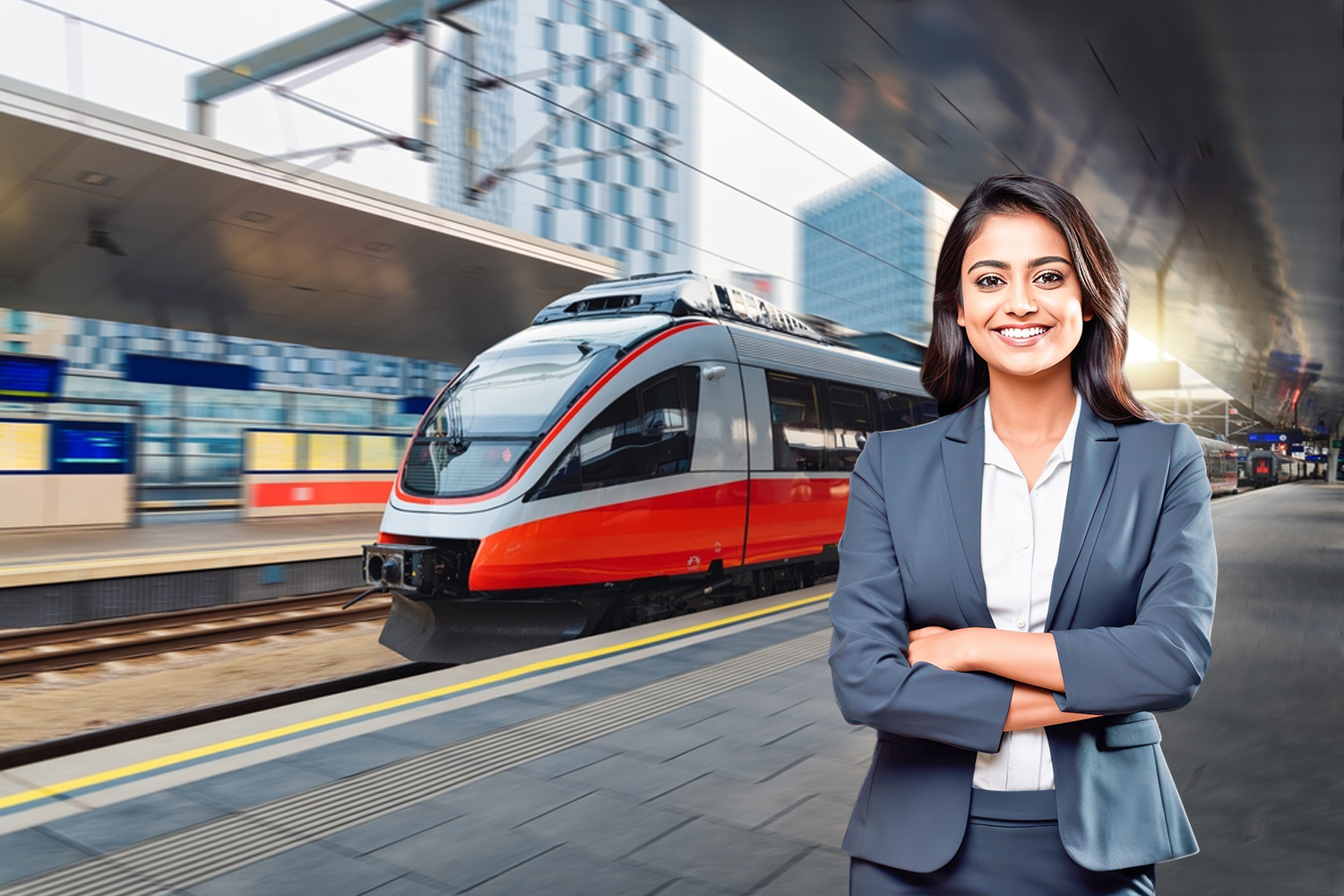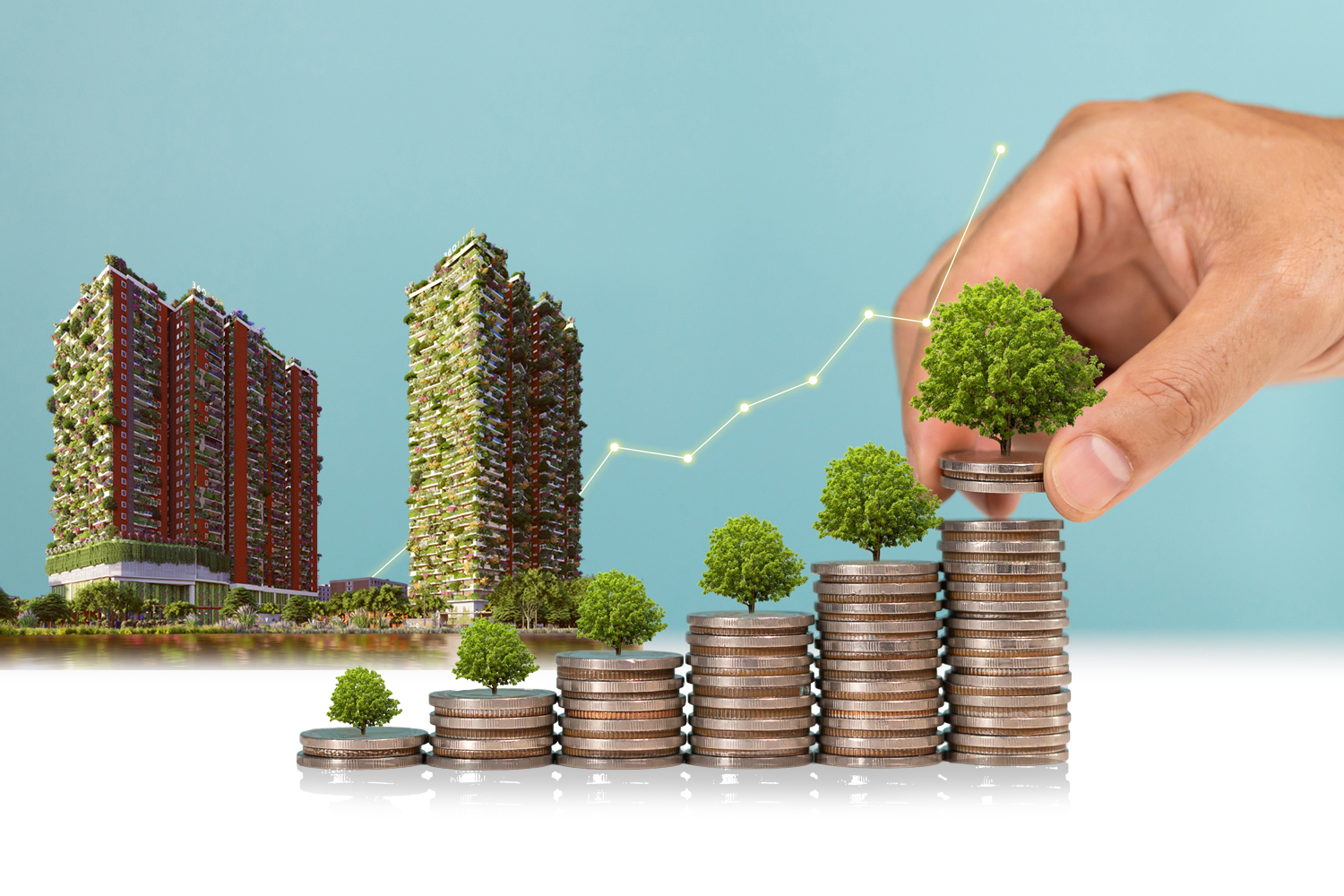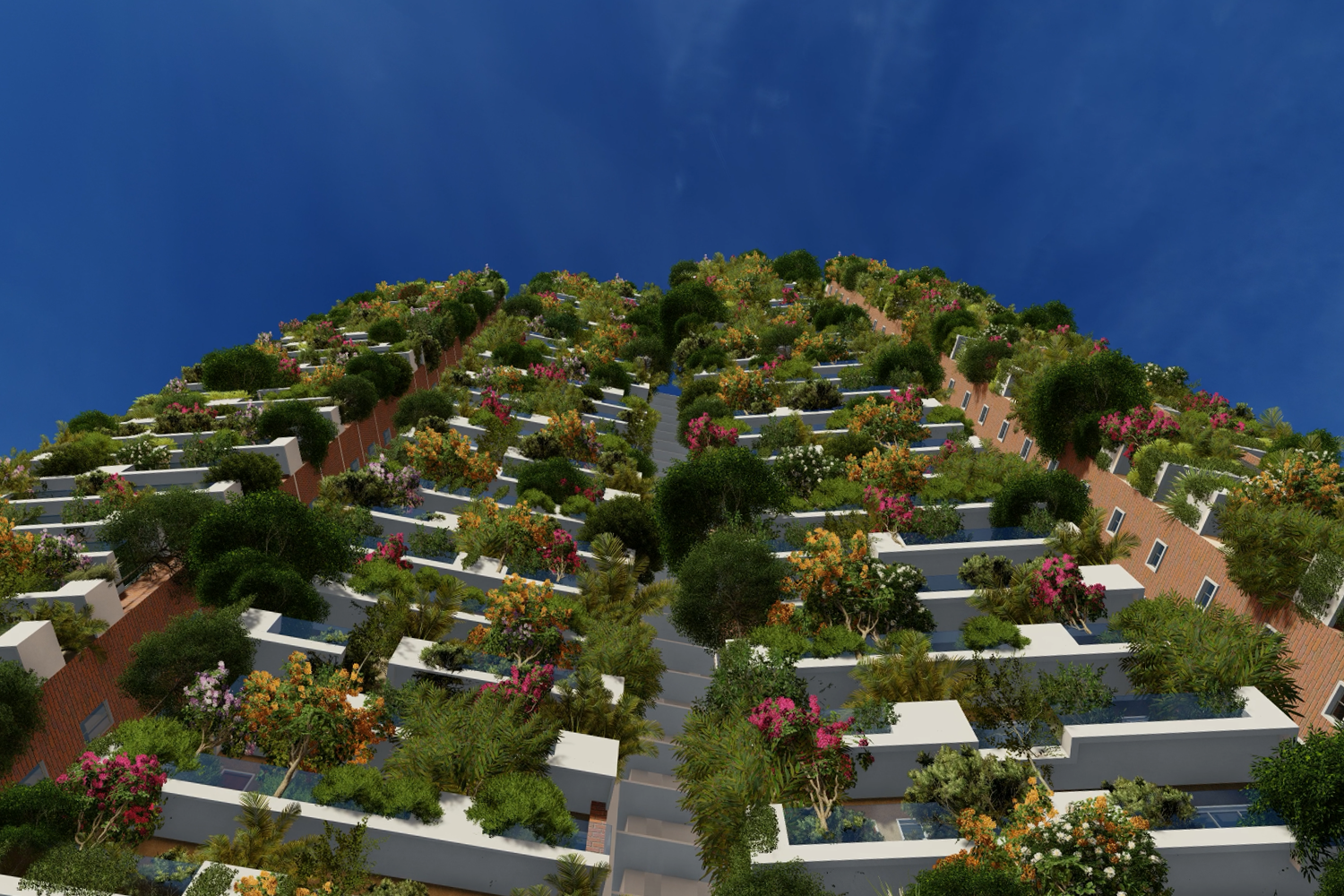The construction industry is one of the major contributors to the global warming. Architecture and design has a huge impact on the status of the natural environment and long term development. Taking into consideration that the construction industry is still thriving on natural fuels, the architectural profession is under tremendous pressure to adopt more sustainable techniques.
Sustainable architecture has always been a part of the design history but today it has become especially VERY important. There are multitude of reasons for this importance. Nowadays the goal of sustainable architecture is to achieve maximum comfort conditions with the minimum energy sources, maximize reuse and recycling and employment of renewable resources. Firstly, the buildings by far are one of the biggest consumers of the energy and secondly, design acts as an important catalyst for the rapprochement between nature and human.
The sustainable architecture is designed from an approach that is mostly “Block” centric and fails to consider the larger context and bio climate in consideration. There is a very important need to step away from this approach and integrate passive design approaches right from the conceptual and planning stages of the building projects.
Although not all is lost, there has been development in terms of alternative designing and green practices with refreshed thinking and design innovations to serve the natural environment. Changing the construction standards not only requires an change in the education but also needs the incorporation of standards for individuals and collective conduct through rules and regulations, while retaining the principles of a good, thoughtful design that is continuing from the past.
Additionally, the dialogue of sustainability should now move on from merely an individual building. It should include the concept of sustainable cities. Today’s cities suffer from huge magnitude of problems common to them all including over population, migration, pollution, water, electricity, sewage, governance, and global warming etc. These issues are ubiquitous and require an effort that can help people discover the hidden opportunities for sustainable practices dormant underneath the complex structure of these organic cities.
What is sustainable construction?
Sustainable construction means using renewable and recyclable materials when building new structures, as well as reducing energy consumption and waste. The primary goal of sustainable construction is to reduce the industry’s impact on the environment.
Sustainable construction doesn’t end when the building is complete; the building itself should have a reduced impact on the environment over its lifespan. This means that the building design should incorporate elements that have an ongoing positive influence on the
building’s environmental impact. These can include proper insulation to prevent heat loss, solar panels to reduce energy consumption, and building materials with a long lifespan.
How to make construction sustainable ?
There are a number of ways to make construction projects more sustainable.
Renewable energy
There have been great strides made towards bringing renewable energy to construction sites. A popular solution is a modular battery system that can be deployed on-site and recharges via included solar panels. These batteries can power electric tools and vehicles, as well as as security equipment. Some of these systems can offset one tonne of CO2 per week and 400 litres of diesel, resulting in a significant impact when they are used on large construction projects.
Building with sustainable materials
- wood; properly managed forests don’t just supply building materials, but also provide a habitat for wildlife
- sustainable concrete; alternatives with plastic and recyclables can reduce the carbon dioxide production by almost 50%
- alternative brick materials; mud, wool, even cigarette butts can be used to create bricks that just as strong without a need for the kiln fires that result in harmful emissions
Plastic
The fact that plastic doesn’t degrade means that its greatest sin against the environment becomes its greatest strength when it’s used in construction. One of the key goals of sustainable construction is to erect buildings with a longer lifespan, and the fact that plastic just won’t degrade means that it won’t need as much maintenance or replacement as a material that does degrade.
The challenges of sustainable construction
Adopting sustainable construction methods is not an overnight process; there are challenges to face, the greatest of which is cost.
Lack of awareness
Both the consumers and developers are still unaware of sustainable building practices’ benefits and importance. People still perceive it as an expensive option. Many developers are, to date, not familiar with some of the green building materials and continue to use traditional methods. With resistance to change, people find it difficult to step out of their comfort zone and opt for a new method of building. The lack of public awareness is one of the major obstacles to the growth of the green building market in India.
The high costs associated with green certification make most developers unwilling to pay for it – even though green infrastructure is proven to yield significant financial benefits and cost- savings over the long term. It is then possible to generate a demand for green buildings in India by promoting more awareness of the benefits of green building among the nation’s architects and real estate developers.
Clearances and approvals
Approvals can be a challenge for builders and developers. The list of approvals for green building compliance can further complicate the approval process, thus deterring the rapid adoption of green buildings.
Lack of skilled manpower
Nowadays, the workers find it difficult to keep in alignment with the constantly changing technology and new means of construction. The lack of skilled experts and manpower is one of the main reasons for the slow adoption of green building in India. All groups, from policymakers to architects, engineers to contractors and workers, lack adequate knowledge and skills for green building construction.
High costs
One of the major concerns becoming a barrier to the adoption of green building practices is higher cost and expensive sustainable construction materials. The developers and consumers hesitate on increasing their budget. Many types of equipment are required to construct green buildings, which makes many developers concerned about adding green features to their buildings.
Adopting green building practices is a worthy endeavour!
Green buildings can not only reduce or eliminate negative impacts on the environment, by using less water, energy or natural resources, but they can – in many cases – have a positive impact on the environment at the building or community or city scales by generating their own energy or increasing bio diversity.





